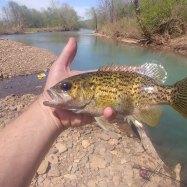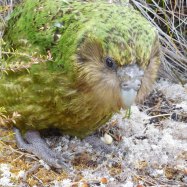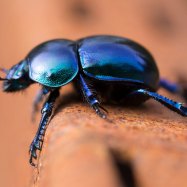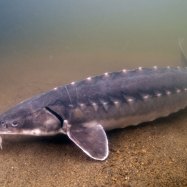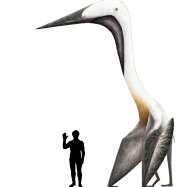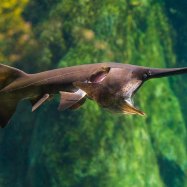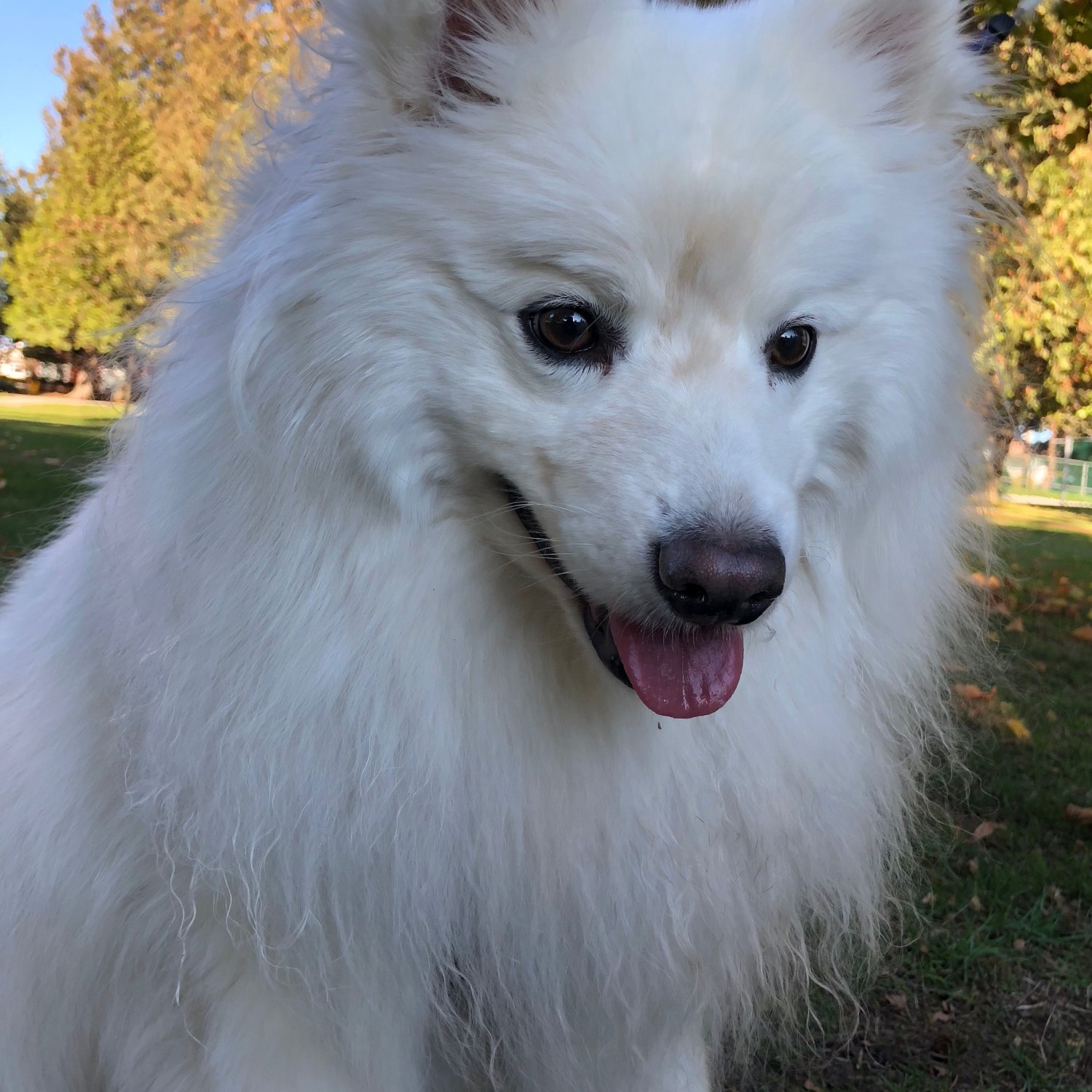
Eskimo Dog
50-70 cm (20-28 inches)
The Eskimo Dog, also known as the Inuit Husky, is a hardworking and loyal breed that hails from the Arctic regions. With a body shape that is medium to large-sized and a compact, muscular build, they are able to withstand the harsh conditions of their environment. Despite their tough exterior, they are gentle and affectionate towards their human families. Standing at 50-70 cm (20-28 inches) in length, they make excellent working and companion animals for those living in colder climates.
Animal Details Summary:
Common Name: Eskimo Dog
Kingdom: Animalia
Habitat: Arctic and Subarctic regions
The Mighty Eskimo Dog: Surviving the Harsh Arctic
As humans, we often associate the Arctic region with extreme cold and harsh conditions. But for the Eskimo Dog, the cold and harsh environment is their natural habitat, and they thrive in it. These majestic creatures, scientifically known as Canis lupus familiaris, have adapted to their environment and become an integral part of the Arctic ecosystem. In this article, we will explore the remarkable features of these dogs and how they have survived in the frigid Arctic Eskimo Dog.A Unique Species within the Canine Family
The Eskimo Dog, commonly referred to as the Eskie, is a domesticated breed of dog that falls under the Canidae family, along with wolves, coyotes, and other canine species. However, what sets the Eskie apart from other dogs is their adaptation to the extreme climate of the Arctic and Subarctic regions.Masters of the Arctic
The Arctic and Subarctic regions are known for their long, frigid winters, making it a challenging environment for any living creature. However, the Eskimo Dog has evolved to become a master of this harsh terrain, making them an important part of the ecosystem.These dogs are highly skilled at surviving in extreme conditions, thanks to their thick double coat, which keeps them warm and insulated from the cold. The coat comes in a variety of colors, including white, black, gray, and brown, allowing the dogs to blend in and camouflage themselves in the snowy landscape.
The Built-in Parka
The Eskimo Dog has a unique physical appearance, a result of their adaptation to the Arctic. As a medium to large-sized breed, they have a compact and muscular build, perfect for traversing through the snow. Their short, sturdy legs help them walk on the thick layers of snow, and their wide, fluffy paws act as snowshoes, making it easier for them to move around European Robin.But perhaps the most fascinating feature of the Eskie's body is their double coat. The outer coat is rough and protects them from the snow and wind, while the inner coat is soft and insulates their body, keeping them warm. This double coat acts as a built-in parka, keeping them comfortable and protected in the harshest conditions.
Carnivorous Diet for Survival
The Eskimo Dog, like many other canine species, is a carnivore, which means their diet consists mainly of meat. In the Arctic, where plant life is scarce, these dogs have evolved to be excellent hunters and can survive on a variety of prey, including seals, whales, and even polar bears.Their sharp teeth and powerful jaws are perfectly designed for tearing and crushing meat, and their agile bodies make them expert hunters. These dogs are also capable of fasting for long periods, which is crucial in an environment where food is not always readily available.
Survival of the Fittest: A Team Effort
The Eskimo Dog is not only skilled at surviving individually, but they also have a unique relationship with humans that has helped them survive in the Arctic. These dogs have been domesticated by the native Inuit people of the Arctic, and they have played a vital role in their survival for centuries.These dogs were bred to be working dogs, helping the Inuit people with hunting, transportation, and protection. They were highly valued by the Inuit, and only the strongest, most intelligent and obedient dogs were allowed to breed, resulting in a resilient and well-adapted breed of dogs.
The Eskimo Dog also has a special bond with their human companions, creating a strong and dependable working relationship. This bond is essential for their survival in the Arctic, as they often work as a team to hunt and navigate the dangerous terrain together.
A Shrinking Population
While the Eskimo Dog once played a significant role in the lives of the Inuit, their importance has decreased over time due to modern technology and changes in cultural practices. As a result, their population has decreased significantly, and they are now considered an endangered breed.In the 1800s, there were an estimated 20,000 Eskimo Dogs living in the Arctic. However, by the early 20th century, their numbers had drastically decreased due to the introduction of snowmobiles and other modern forms of transportation. Today, there are only about 300 purebred Eskies living in Canada's Arctic regions.
Efforts to Save the Breed
To preserve and protect this unique breed, several organizations and individuals have come together to promote the Eskimo Dog's conservation. These efforts include promoting the breed's use in dogsledding races, encouraging responsible breeding practices, and educating the public about the importance of this breed in the Arctic.In 2000, the Eskimo Dog Research Foundation was established to promote scientific research and conservation efforts for the breed. They also work towards providing better living conditions and care for the remaining Eskies in the Arctic regions.
Final Thoughts
The Eskimo Dog is a remarkable breed that has survived and thrived in one of the harshest environments on earth for centuries. As we continue to learn more about these dogs, it is clear that their strength, intelligence, and adaptability make them a truly unique and special breed.From their double coat to their powerful jaws, their body is perfectly designed for life in the Arctic. But what truly sets the Eskie apart is their unique relationship with humans, making them more than just a domesticated breed; they are true companions and partners, helping each other survive in an unforgiving landscape.
As we continue to work together to preserve and protect this endangered breed, we must also take the time to appreciate and celebrate their resilience and role in the Arctic ecosystem. The Eskimo Dog is a testament to the amazing ability of animals to adapt and thrive in even the most extreme conditions, and we can all learn something from their survival story.

Eskimo Dog
Animal Details Eskimo Dog - Scientific Name: Canis lupus familiaris
- Category: Animals E
- Scientific Name: Canis lupus familiaris
- Common Name: Eskimo Dog
- Kingdom: Animalia
- Phylum: Chordata
- Class: Mammalia
- Order: Carnivora
- Family: Canidae
- Habitat: Arctic and Subarctic regions
- Feeding Method: Carnivorous
- Geographical Distribution: Northern regions
- Country of Origin: Canada
- Location: Arctic regions
- Animal Coloration: Variety of colors including white, black, gray, and brown
- Body Shape: Medium to large-sized with a compact and muscular build
- Length: 50-70 cm (20-28 inches)
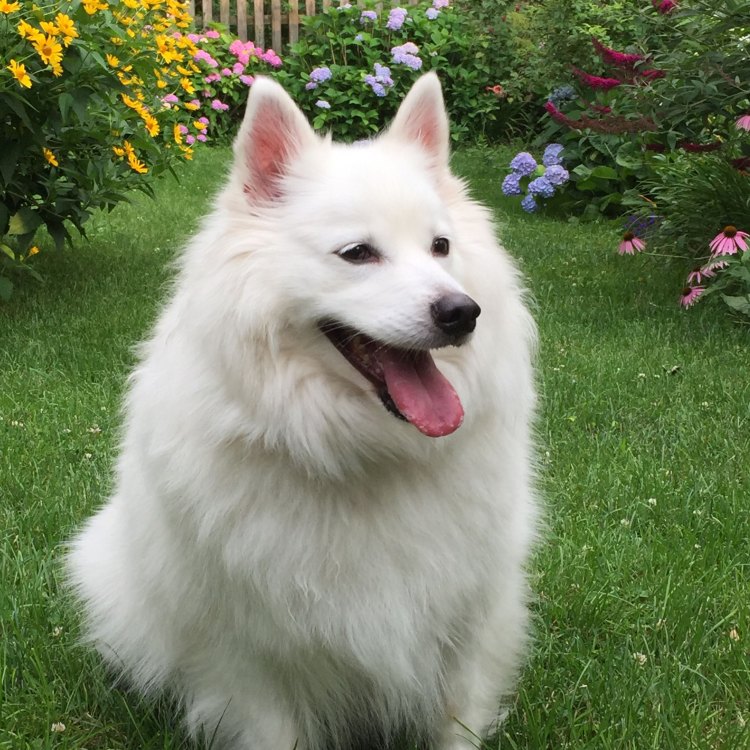
Eskimo Dog
- Adult Size: 20-32 kg (44-71 lbs)
- Average Lifespan: 12-15 years
- Reproduction: Sexual
- Reproductive Behavior: Breeding occurs once a year
- Sound or Call: Howling
- Migration Pattern: No fixed migration pattern
- Social Groups: Pack animals
- Behavior: Hardworking, loyal, and cooperative
- Threats: Climate change, loss of habitat, diseases
- Conservation Status: Not evaluated (NE)
- Impact on Ecosystem: Important in traditional Inuit culture for transportation and hunting
- Human Use: Sled pulling, transportation, and companionship
- Distinctive Features: Thick double coat, erect ears, and bushy tail
- Interesting Facts: Eskimo dogs have been used for centuries by the Inuit people for transportation across the Arctic. They are well adapted to cold weather and have a strong work ethic.
- Predator: Polar bears and other large predators in the Arctic
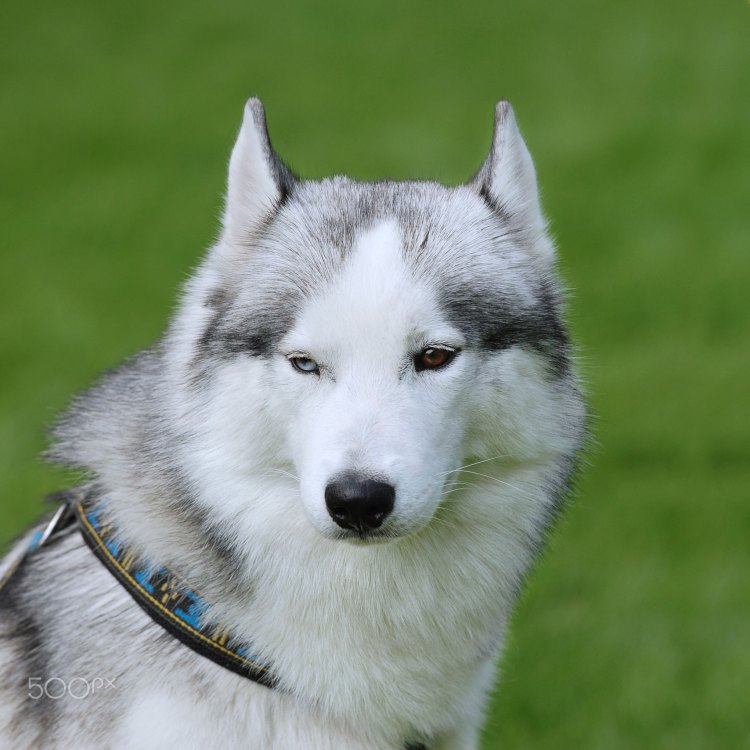
Canis lupus familiaris
The Versatile and Resilient Eskimo Dog: A Fascinating Breed
Amidst the vast, frozen landscapes of the Arctic, a resilient canine breed stands out – the Eskimo Dog. Also known as the "Sled Dog" or "Qimmiq" by the Inuit people, this breed is an important part of traditional Arctic culture and has been valued for its hardworking and loyal nature for centuries.With a weight ranging from 20 to 32 kilograms (44-71 pounds) and an average lifespan of 12 to 15 years, the Eskimo Dog is a medium-sized breed with a strong, muscular build. It is sexually reproductive and has a yearly breeding season, typically occurring during the winter months PeaceOfAnimals.Com. However, due to its traditional use by the Inuit people, this breed does not have a fixed migration pattern like other wild canids.
One of the most distinctive features of the Eskimo Dog is its distinctive howling call. Unlike other domestic dog breeds, the Eskimo Dog has a unique, eerie howl that can be heard for miles in the Arctic tundra. It serves as a form of communication within their social group, which is typically made up of pack animals.
The behavior of the Eskimo Dog is another fascinating aspect of this breed. Known for being hardworking, loyal, and cooperative, these dogs are valued as invaluable companions by the Inuit people. They are extremely intelligent and strong-willed, making them excellent working dogs. They have a strong work ethic and thrive in tasks that require physical strength and endurance, such as pulling sleds or hunting.
However, despite their resilience and adaptability, Eskimo Dogs face various threats in their natural habitat Elephant Shrew. One of the biggest challenges they face is climate change, which is resulting in melting sea ice and changes in weather patterns. This has a direct impact on their traditional activities, such as transportation and hunting. Additionally, loss of habitat and diseases also pose a threat to their survival. As a result, the conservation status of the Eskimo Dog is currently marked as "Not evaluated" (NE) by the International Union for Conservation of Nature (IUCN).
Despite these challenges, the Eskimo Dog has played a crucial role in the Arctic ecosystem for centuries. In traditional Inuit culture, this breed has been used for transportation and hunting. Their thick double coat, erect ears, and bushy tail make them well-adapted to the harsh Arctic climate, making them indispensable for survival in this remote environment. These dogs have also been used for their superior sense of smell to assist in tracking and hunting game.
The Eskimo Dog's value stretches far beyond their physical contributions to the Arctic ecosystem. They hold a significant cultural and spiritual value for the Inuit people. The bond between the dogs and the Inuit is strong and woven into the fabric of their culture. These dogs are considered a part of the family and treated with great care and respect. They are also used to perform traditional rituals and ceremonies, highlighting their important role in the Inuit way of life.
Apart from their use in traditional practices and activities, Eskimo Dogs have also gained recognition for their loyal and loving nature, making them excellent companions for humans. They are known to develop strong bonds with their owners and can be trained for various roles, such as therapy dogs. With proper training and socialization, they can make great family pets, displaying their gentle and affectionate demeanor.
In addition to their fascinating history and cultural significance, Eskimo dogs also have various interesting facts that set them apart from other canine breeds. For example, they are known for their excellent memory and can easily remember routes and directions, which is crucial for transportation in the Arctic. They also have a high sense of direction and can find their way back home even in extreme weather conditions.
However, living in the Arctic also comes with its own set of challenges and dangers, and the Eskimo Dog is not immune to these. One of their primary predators includes polar bears and other large predators in the Arctic. It is essential for the safety of these dogs to be constantly supervised and trained to defend themselves against potential attacks.
In conclusion, the Eskimo Dog is a versatile and resilient breed that has thrived in the harsh Arctic environment for centuries. They are important contributors to the ecosystem, valued for their physical prowess and cultural significance. However, with the changing climate and other challenges, their survival is at risk. It is crucial to raise awareness about this exceptional breed and their role in the Arctic and take steps towards their conservation to ensure that future generations can also benefit from their unique qualities.
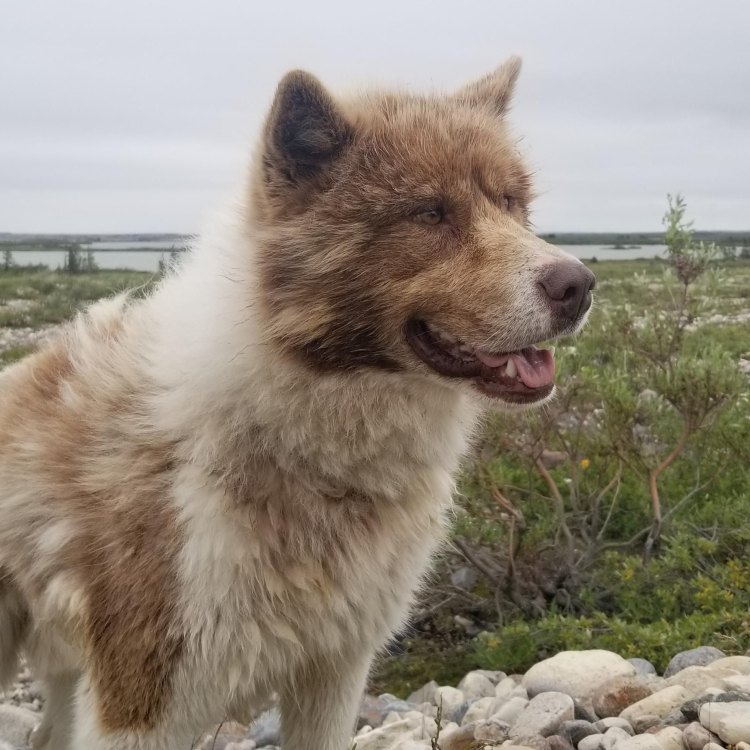
The Mighty Eskimo Dog: Surviving the Harsh Arctic
Disclaimer: The content provided is for informational purposes only. We cannot guarantee the accuracy of the information on this page 100%. All information provided here may change without prior notice.





